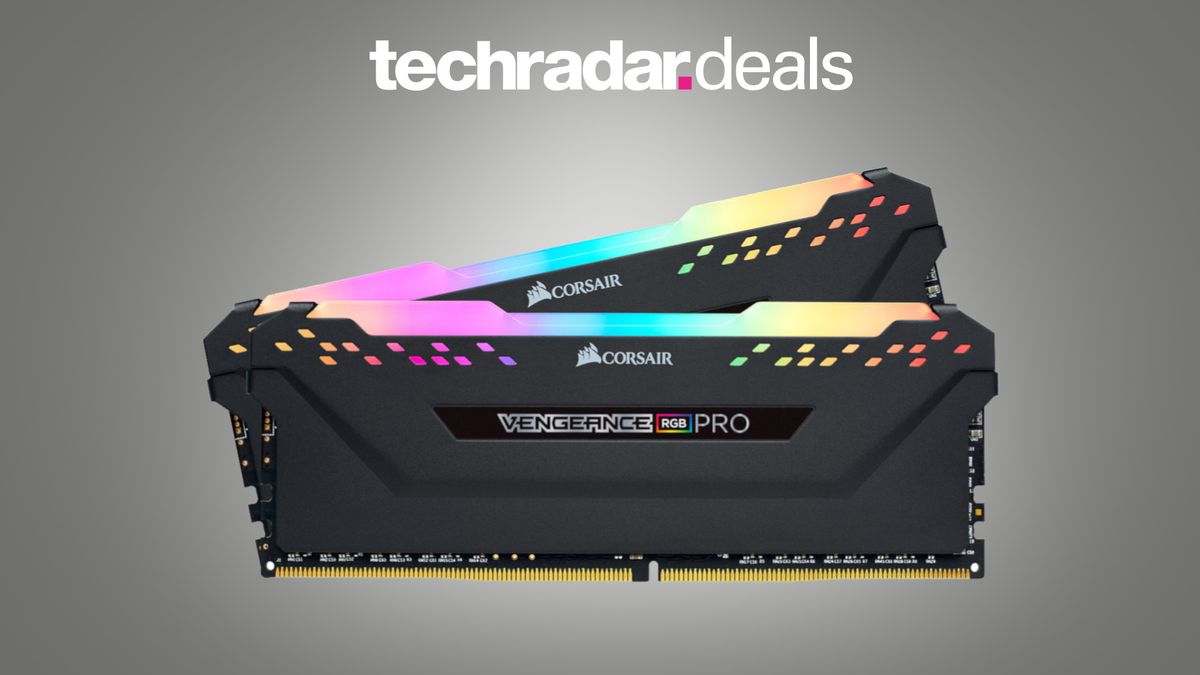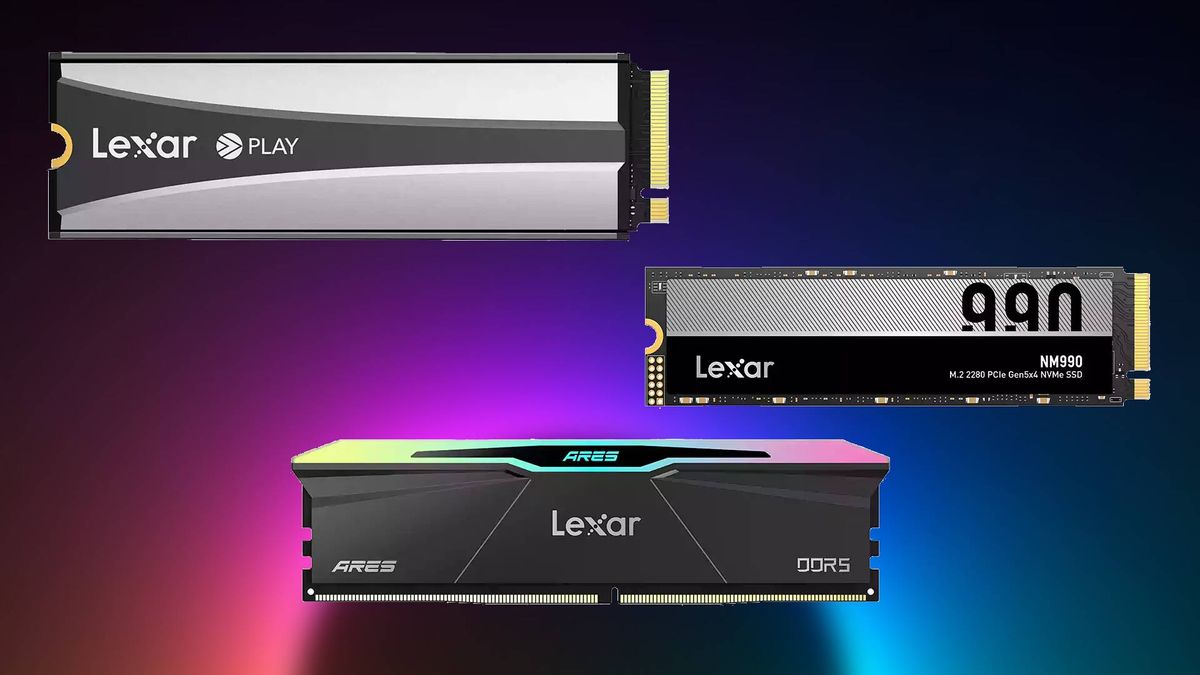we have been seeing monitors with higher refresh rates as manufacturers continue to push the boundaries of what's possible, and even what's practical, when you really think about it.
Recently, TCL CSOT revealed a new 4K monitor in Viewing Week 2024 with an absolutely blazing fast 1000Hz refresh rate, easily eclipsing the previous reigning champion, the Asus ROG Swift PG248QP with a refresh rate of 540Hz. Even more impressive is how TCL's monitor can maintain the same refresh rate at 4K resolution, a feat no other monitor has even come close to achieving, as it's at least three times faster than the fastest. best 4k monitor in the market.
Sure, having a high refresh rate for gaming is incredibly important and more and more monitors have risen to the challenge. Ultra-fast screens were one of the main trends in CES 2024 with brands like LG, Acer, Samsung, Razer and MSI showing off their new offerings with refresh rates of up to 360Hz and even 480Hz. AMD even revised its FreeSync technology certification process require gaming monitors to come with a 144Hz refresh rate.
But, ultimately, what is the meaning of all this?
Sure, you have ultimate bragging rights if you can get a 1000Hz monitor that still maintains 4K resolution (which would be the first of its kind to combine both specifications), but what possible use could that have? Let's say you're a professional gamer and a high refresh rate is vital. However, official tournaments cap at 240Hz, so using a monitor higher than 240Hz for practice won't help you in a professional tournament. It could actively worsen your performance, since you're essentially downshifting to a much lower speed when it matters most.
Well, what if you're a hardcore gamer who casually competes online with others? There are no restrictions in that space, so just do it, right? Except, aside from the bragging rights that come with flexing your cash flow, it would be virtually useless to invest in such a display. Considering the advantage it would give you, compared to the price of the monitor itself, and the diminishing returns at 1000Hz, it's not worth the much higher premium you'll pay for it. Especially since you can easily buy a high-quality monitor with a 240Hz or even 144Hz refresh rate and still have a better monitor than most.
There's also the fact that this TCL monitor would only be useful for gaming, as other markets like productivity, editing, and art don't benefit as much from a high refresh rate.
Honestly, it seems like tech manufacturers are participating in this refresh rate arms race solely as a way to show off technological advancements. That's all well and good, except that spending valuable resources to produce these monitors contributes to the massive e-waste problem which the industry already faces due to the overabundance of PCs and laptops.
Instead of focusing on creating products like these, TCL should invest its resources in sustainability or efficiency. Not only would you address the e-waste crisis more productively, but you would also improve your bottom line in the process.









